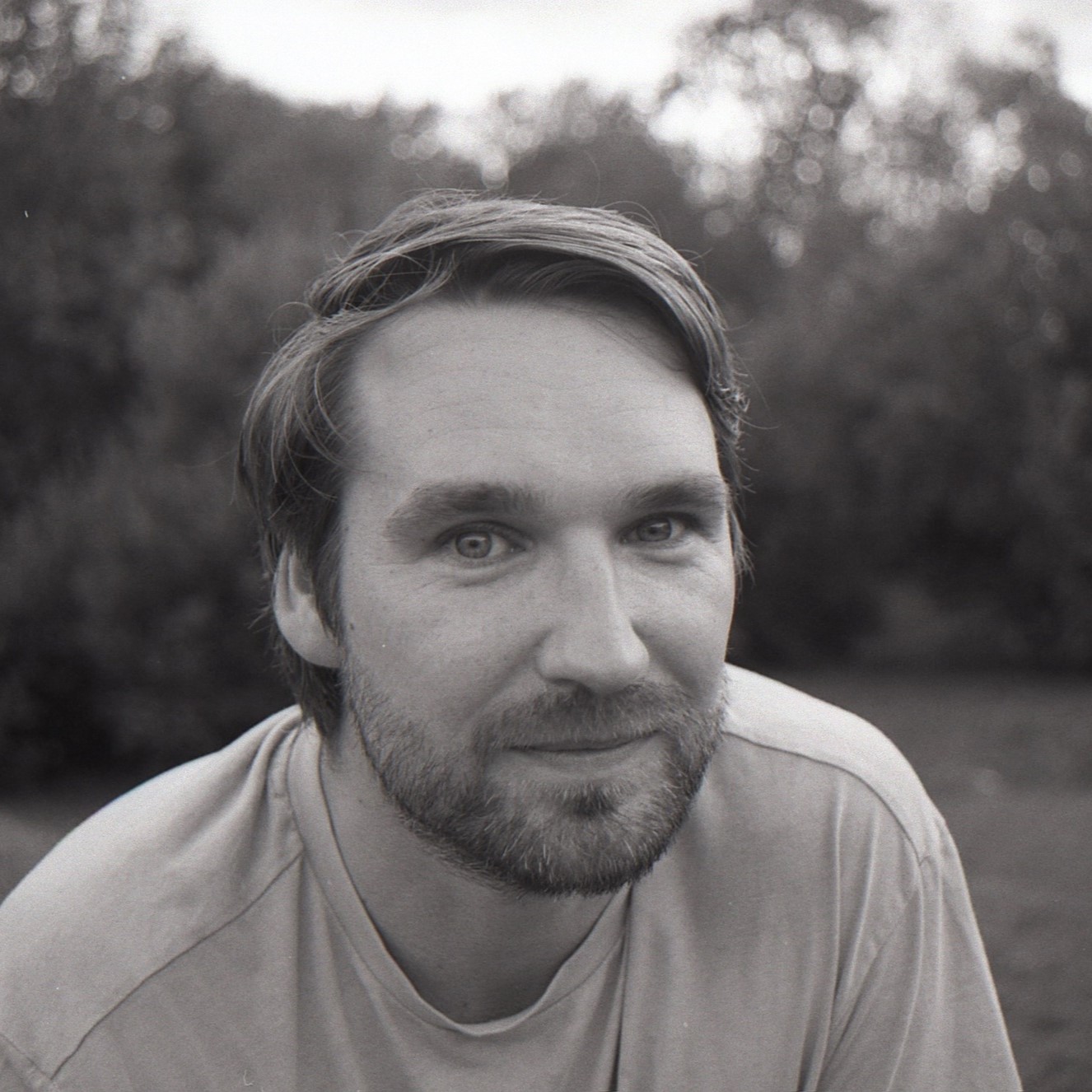Estonian Auditory Lexical Decision database (EALD)
Project overview
Large-scale lexical decision databases are important for understanding word recognition, yet the few current auditory lexical decision datasets (Dutch: Ernestus & Cutler, 2015; French: Ferrand et al., 2018, and English: Tucker et al., 2019) focus on rather morphologically simple languages. To address this gap, we introduce the Estonian Auditory Lexical Decision Database (EALD), a dataset with responses from 412 native Estonian speakers (aged 18-72 years; 321 females, 85 males, 10 non-binary) to 8800 Estonian words and 8800 pseudowords, collected online using the OpenSesame software and the JATOS server Mindprobe (Lange et al., 2015).
The stimuli entail monomorphemic, inflected, derived, and compound Estonian words. Compared to the languages mentioned above, Estonian has a more complex agglutinative and fusional case-marking system, resulting in large morphological paradigms that significantly influence word recognition processes (Lõo et al., 2018). We also provide auditory and lexical information, enabling researchers also to analyze the effects of syllable and morphological structure, phonotactics, word frequency, and both orthographic and phonological neighborhood density on auditory word recognition.
Preliminary regression analyses indicate that reaction times decrease as written Estonian word frequency and inflectional paradigm size increase, while reaction times increase with higher phonological neighborhood density. The data also reveal a nonlinear relationship between age and reaction time, with participants between 30 and 50 being the fastest. Furthermore, performance is affected by the time of day, with slower response times observed during nighttime.
By making this dataset freely available, we aim to facilitate research on morphological processing, spoken word recognition, and computational modelling in Estonian and in other morphologically rich languages. This resource complements existing auditory lexical decision datasets and contributes to a more comprehensive understanding of morphological effects in spoken language processing.
Collaborators
- Kaidi Lõo – Project lead
- Anton Malmi - Researcher
- Benjamin Tucker - Consultant
